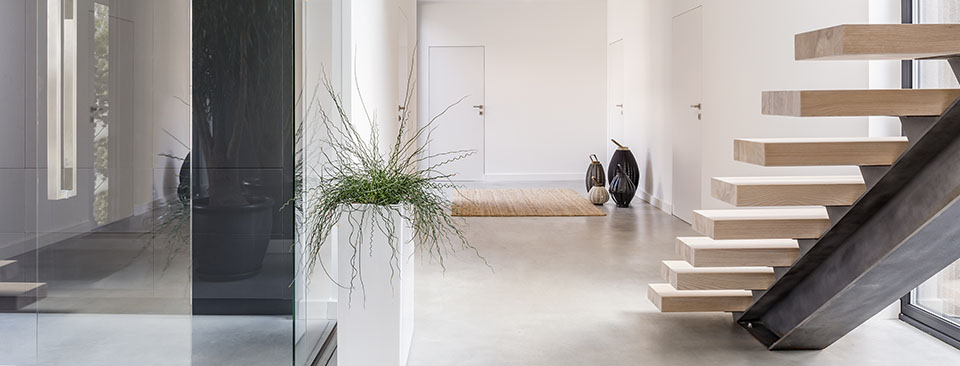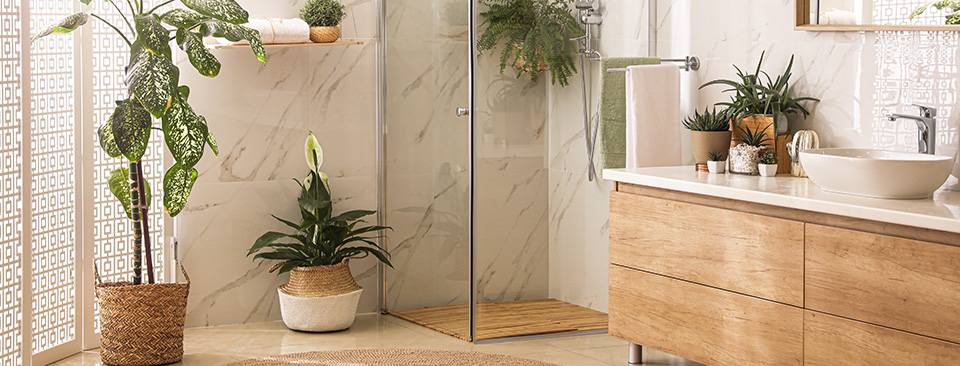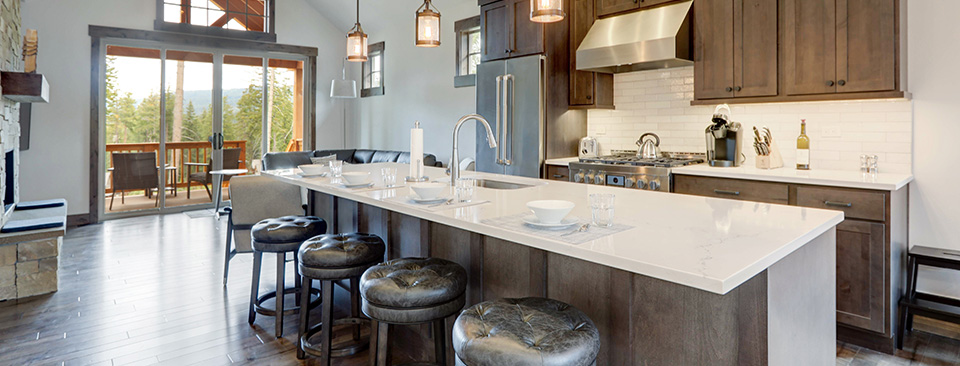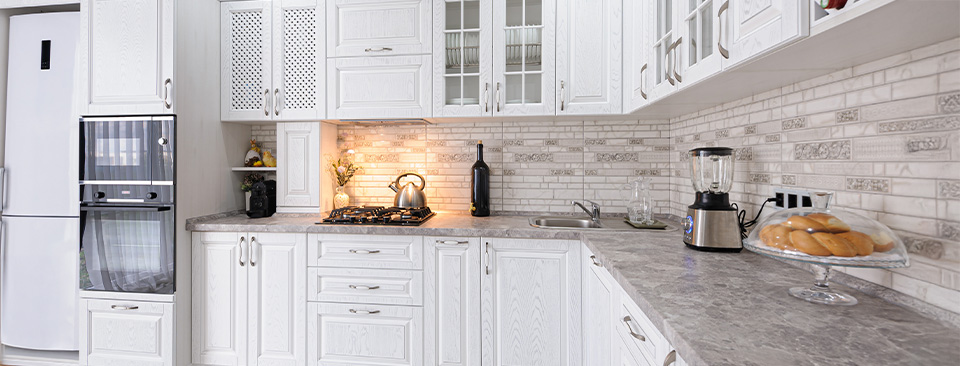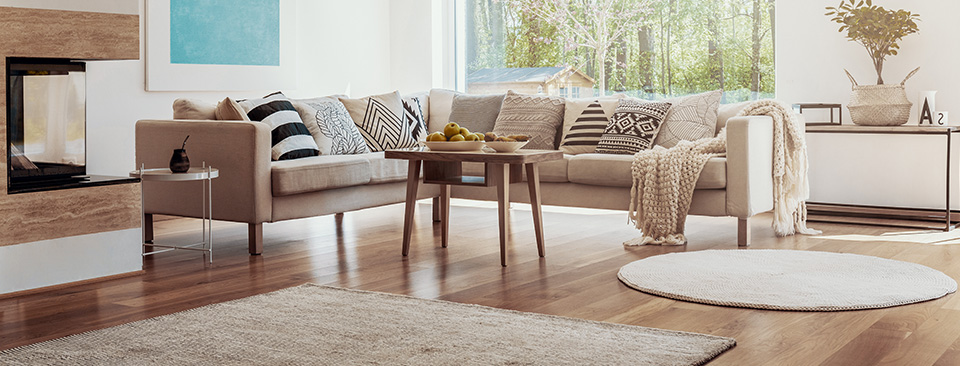How and Where to Kickstart Your Home Remodeling Project
Home remodeling projects can be both exciting and overwhelming. With many different areas to consider, knowing where to begin your project is crucial for maximizing your investment and ensuring a smooth remodeling process. A strategic approach focuses on the bathrooms and kitchens first, as these areas typically offer the best return on investment (ROI) and set the stage for future renovations.
Before starting any remodeling project, you should assess your needs and set your goals to be able to establish a realistic budget and plan your home design the right way.
Planning your Remodeling Project
1. Assess Your Needs and Set Goals
Evaluate what you want to achieve with your remodeling project. Start by asking yourself:
- Am I looking to improve functionality, aesthetics, or both?
- Which areas of my home need the most attention?
- How will these changes affect my home’s resale value?
- What is my budget and where should I focus first?
2. Establish a Realistic Budget
Once you have identified your set of goals, it’s time to set your budget. Prices may vary based on the type of material you pick and the quality you want to achieve.
- Research Costs: Find the average remodeling costs in your area.
- Include Contingencies: Extra expenses may arise during any remodeling project. Set aside 10-20% for such surprises if any.
Please keep in mind that remodeling contractors’ quality of work and service prices vary. Therefore, you should have a realistic budget that can get you the best contractors in terms of service and work quality needed for your project.
3. Plan Your Home Design
Once you identified your goals and budget. Start planning your design:
- Gather Inspiration: Find ideas for your home design that resonate with your style and vision using platforms like Pinterest or Houzz and by consulting your local home remodeling contractors and designers like Floors Mecca.
- Focus on Functionality: In kitchens, consider efficiency, workflow and storage solutions; in bathrooms, think about layout, plumbing and fixture efficiency.
Consult Professionals: Hiring an interior designer or home remodeling contractors can provide valuable insights and designs tailored to your space and needs.
4. Hire Qualified Contractors
Hiring the right home remodeling contractors, skill and knowledge is vital for your project success.
- Research Local Professionals: Look for contractors with strong reviews and experience. Floors Mecca team are here to help, we know what works best.
- Check Credentials: Ensure that contractors are licensed and insured to protect yourself from injury risk and potential liabilities.
- Discuss Scope of Work Clearly: Outline all your home remodeling project details in a contract to avoid misunderstandings later.
5. Create a Timeline
Organize your project by developing a timeline to ensure progress and efficiency:
- Break Down Each Phase: Outline stages such as demolition, installation, and finishing touches.
- Be Realistic About Timeframes: Allow extra time for each phase as delays may occur due to unforeseen reasons.
- Stay Engaged: Regularly check in with your contractors to ensure everything is executed in a timely manner as planned.
Prioritizing and Executing Your Project
You have identified your goal and budget, planned your design, created a timeline for the work needed and selected the right remodeling contractors for your project needs.
Now let’s get back to your question” I Want to Remodel My House Where Do I Start?”
The right way to tackle any home remodeling project can vary based on your budget and needs, but from experience we know that bathrooms and kitchens remodeling will give you the most bang for your buck and due to the intensive nature of such projects, it will not undermine future renovations if you decided to do them at a later stage. After bathrooms and kitchen, you can focus on electric work, carpentry and trimming throughout your home before starting with your floors.
1. Start with Bathrooms
A great shower first thing in the morning or after a long day at work can help you set your mood! Updating your bathrooms can significantly enhance your home’s value and appeal as well. According to various reports, bathroom remodels can boost your property value and typically recoup about 60% to 70% of the remodeling costs upon resale, making them a wise investment for homeowners. You should consider the following aspects when remodeling your bathrooms:
Assess Functionality:
Evaluate how the current layout serves your needs. Are there features that could be improved or replaced?
Modernize Fixtures:
Updating faucets, toilets, and lighting can dramatically change the look and feel of your bathroom without a complete overhaul.
Consider Accessibility:
If you plan to stay in your home long-term, think about incorporating features that enhance accessibility.
2. Move on to Kitchens
Following bathrooms, focusing on kitchens. Your kitchen is the most used space in your home, kitchen remodels not only improve functionality and aesthetics but also provide one of the highest returns on investment—averaging between 50% and 90% depending on the extent of your renovation. A well-planned kitchen remodel will transform your cooking space into a modern, efficient area that enhances your daily living. Consider the following aspects when remodeling your kitchen.
Layout Optimization:
Ask yourself does the existing kitchen layout supports and enhances your cooking style. Do you need to re-arrange the layout? Keep in mind that open kitchen layouts are popular for promoting interaction.
Quality Materials:
Pick and invest in durable materials for floors, countertops and cabinets. The right material will help your kitchen withstand daily use.
Energy Efficiency:
Think about saving energy Consider energy-efficient appliances that save money in the long run.
3. Electrical, Carpentry, and Trim Work
Before moving on to flooring, it’s advisable to complete any necessary electrical work, carpentry, and trim installations. This step is essential, it prevents damage to your new flooring during these intensive tasks. Proper sequencing ensures clean and professional installation with minimum waste and damage:
Electrical Upgrades:
Modernize wiring to support new appliances or lighting fixtures.
Carpentry Work:
Install new cabinetry or built-ins before laying down floors.
Trim Installation:
Complete trim work after flooring installation to ensure a polished finish.
4. Flooring Comes Next
Once you have completed all major renovations such as bathrooms and kitchens, it’s time to focus on your flooring design and installation. Ensure you install you floors in the right order:
Hard Surface Floors First:
Begin with hard surface flooring like hardwood or tile. This provides durability and ease of maintenance.
Carpet Installation Last:
If you choose to include carpets in certain areas, install them after all other work is completed. This approach minimizes wear and tear during renovations.
5. Final Touches
After completion, focus on final details:
Inspect the Work:
Walk through each area with your contractor to ensure everything meets your expectations.
Add Personal Touches:
Decorate with furniture and accessories that reflect your style and make the space feel like home.
Conclusion
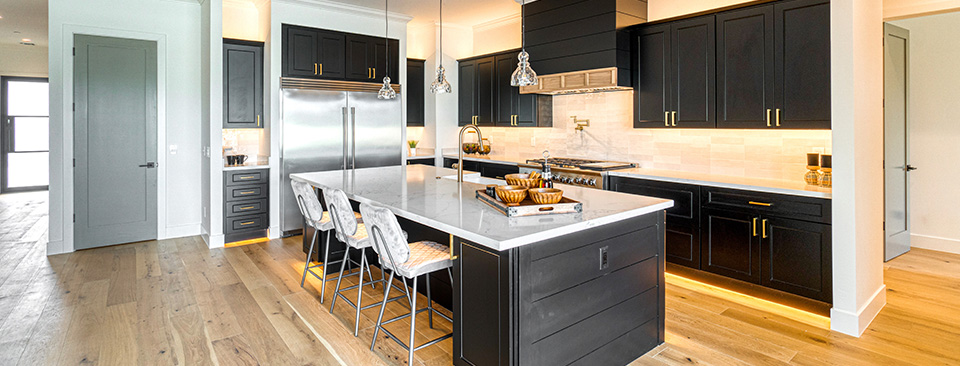
By starting with bathrooms and kitchens, followed by careful attention to electrical, carpentry work and flooring installations, you can ensure that your home remodeling project is both efficient and rewarding. In any remodeling or renovation projects careful planning and execution is crucial in creating the living space of your dreams that enhances your home functionality, aesthetics and value for years to come. This strategic approach that we adopt will help you create a beautiful environment that not only meets your needs today but will surely help you accommodate future renovations seamlessly. Keep in mind that this approach can be adjusted to match your project specific needs.



